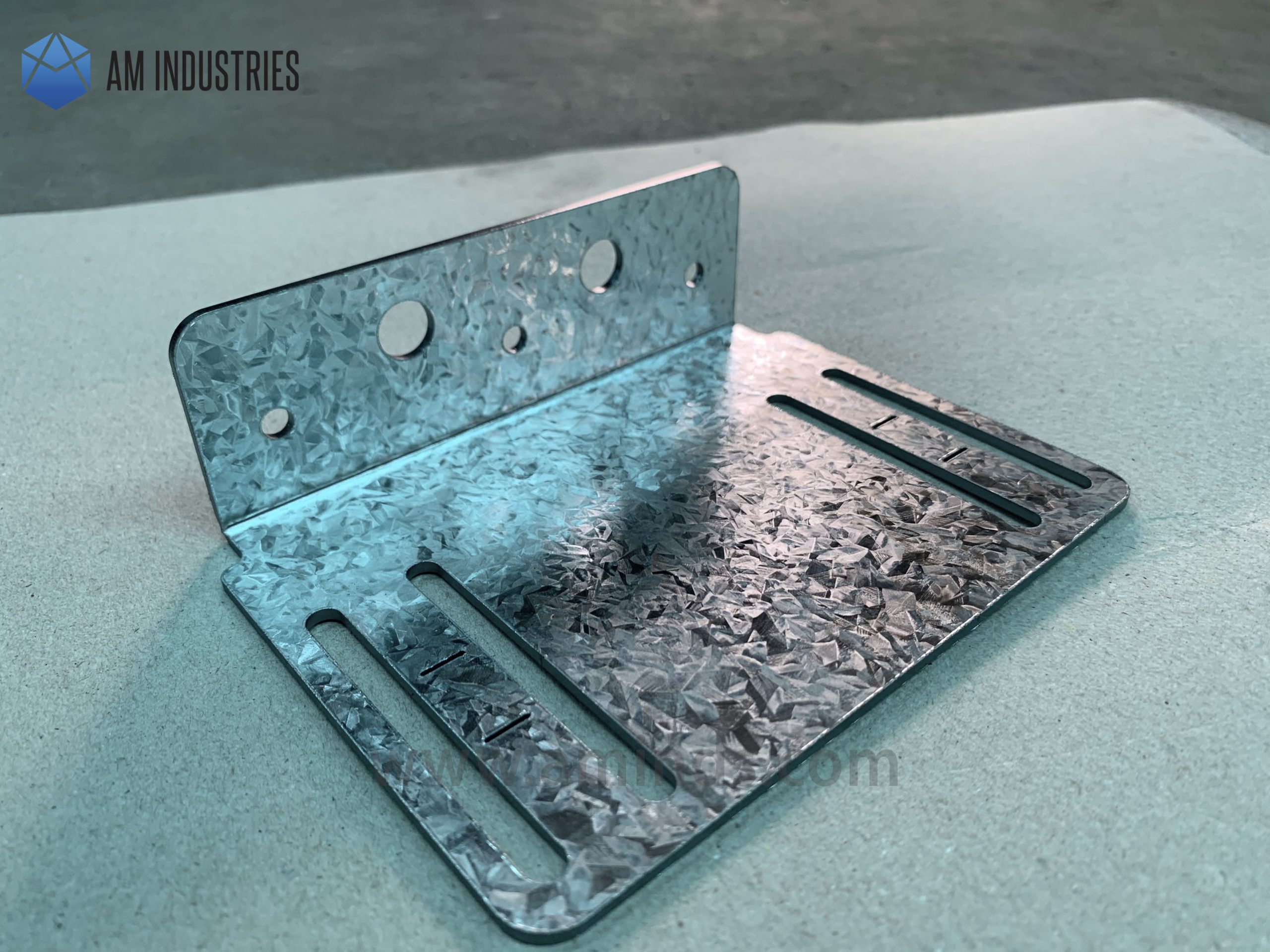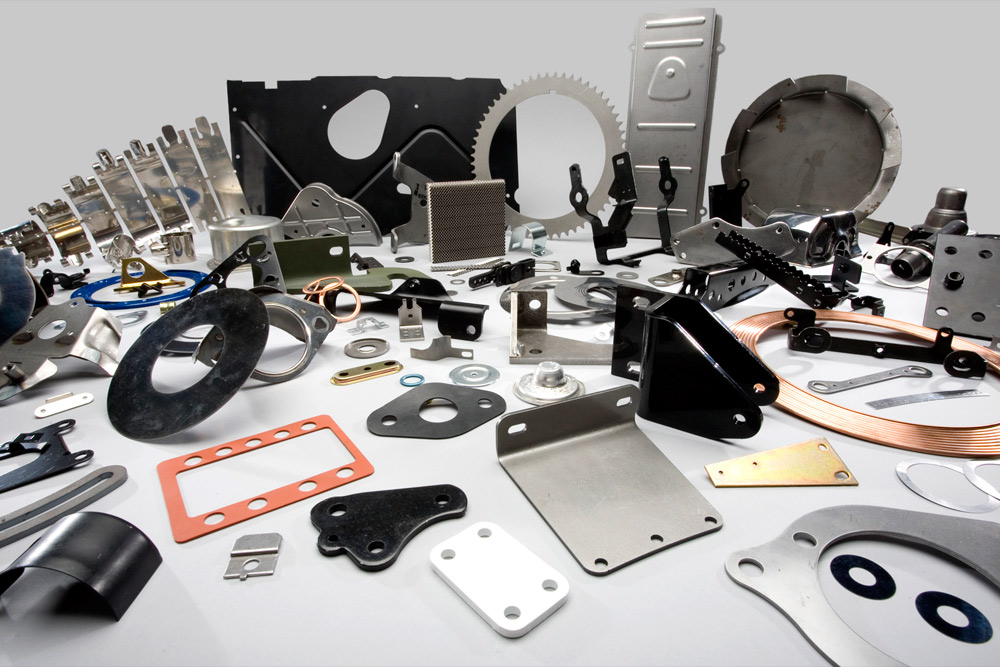Steel Stamping Innovations: Elevating Manufacturing Processes for Superior Outcomes
In the realm of making processes, metal marking has actually long been a foundation method for creating a range of precision elements. With the ruthless march of technological advancement, the landscape of metal stamping is undergoing a substantial change.
Advancement of Steel Stamping Strategies

In addition, advancements in product science have led to the growth of high-strength alloys that can now be seamlessly stamped right into detailed forms, dealing with a more comprehensive variety of industrial applications. The integration of robotics and synthetic intelligence has additionally optimized the marking process by boosting rate and accuracy while lowering the threat of human mistake.

Effect of Advanced Products
Have advanced products changed steel marking procedures significantly in the manufacturing sector? By utilizing materials such as high-strength alloys, advanced compounds, and ingenious coverings, steel marking processes can currently create components that are lighter, stronger, and a lot more sturdy than ever previously.
These innovative products provide exceptional mechanical properties, deterioration resistance, and thermal security, enabling suppliers to meet the needs of contemporary markets such as aerospace, vehicle, and electronic devices. Additionally, the use of advanced materials in steel marking has helped with the production of complicated geometries and complex designs that were previously unattainable via standard approaches.
Moreover, the implementation of advanced products has led to lowered material waste, reduced production costs, and much shorter preparations, making steel stamping procedures more economical and sustainable. As modern technology proceeds to advancement, the effect of advanced products on steel stamping processes is anticipated to drive more technology and enhance the competitiveness of suppliers in the worldwide market.
Automation in Metal Stamping
The evolution of steel marking processes driven by the assimilation of advanced materials has set the phase for substantial developments in automation within the production industry. Automation in steel stamping has transformed manufacturing processes, boosting effectiveness, precision, and overall result quality. Through the application of robotics, sensors, and computer-controlled systems, jobs that were time-consuming and once hands-on can now be implemented with unequaled speed and accuracy.
Automation in metal marking not only speeds up manufacturing prices however additionally makes sure consistency in the manufacturing procedure. By reducing human treatment, the danger of mistakes is dramatically lowered, bring about higher levels of item harmony and dependability. Additionally, automation allows producers to embark on complex stamping jobs that would certainly be impractical or challenging to accomplish by hand.
Moreover, automation in metal marking adds to a much safer working atmosphere by minimizing the need for workers to participate in recurring or dangerous jobs - Metal Stamping. This shift towards automation not only boosts performance but likewise paves the way for the future of manufacturing, where modern technology plays a main duty in driving operational excellence
Top Quality Control and Inspection Solutions
With a concentrate on precision and dependability, quality control and inspection systems play an important role in making certain item quality in metal stamping processes. These systems are developed to check every stage of manufacturing, from material inspection to the end product, to assure that all elements satisfy the required requirements. By carrying out innovative innovations such as optical assessment systems, coordinate measuring machines (CMM), and automated determining tools, suppliers can spot even the tiniest variances in dimensions, surface area top quality, and general stability of stamped components.

Sustainability Practices in Metal Stamping
Building upon the structure of precision and reliability established with quality assurance and assessment systems, the assimilation of lasting techniques in steel stamping procedures is significantly becoming a focal factor for suppliers looking for to lessen ecological effect and maximize source usage. Sustainability techniques in metal marking include a variety of efforts focused on decreasing waste generation, energy intake, and greenhouse gas emissions throughout the production procedure.
One key facet of sustainability in metal stamping is the fostering of eco-friendly products and innovations that promote recyclability and waste decrease. By utilizing recycled products and executing energy-efficient machinery, makers can lower their carbon footprint and add to a much more lasting production cycle. Furthermore, optimizing production processes to decrease product waste and power use not only profits the environment but also brings about set you back financial savings for companies in the long run.
In addition, the application of sustainable methods in steel stamping can boost brand name reputation and attract eco conscious consumers. As sustainability proceeds to special info get value in the manufacturing market, integrating environmentally friendly initiatives into metal stamping processes is vital for lasting success and competitiveness in the marketplace.
Final Thought
Finally, metal stamping methods have actually considerably progressed in time, incorporating advanced materials and automation to boost making processes. Quality control and assessment systems play an important duty in making sure superior outcomes, while sustainability practices are significantly being implemented to lower ecological effect. These innovations in steel marking have reinvented the market, resulting in much more sustainable and reliable manufacturing i was reading this techniques for numerous markets.
Metal marking, once a handbook and labor-intensive procedure, has actually changed into an extremely automated and advanced approach of shaping metal sheets into numerous forms and designs.Have sophisticated products transformed metal marking procedures dramatically in the manufacturing market? By making use of products such as high-strength alloys, advanced composites, and innovative coatings, metal marking procedures can currently generate parts that are lighter, more powerful, and much more durable than ever previously.
The evolution of steel marking procedures driven by the assimilation of sophisticated materials has established the phase for substantial improvements in automation within the manufacturing market.In verdict, steel marking methods have substantially progressed over time, incorporating advanced materials and automation to enhance producing procedures.